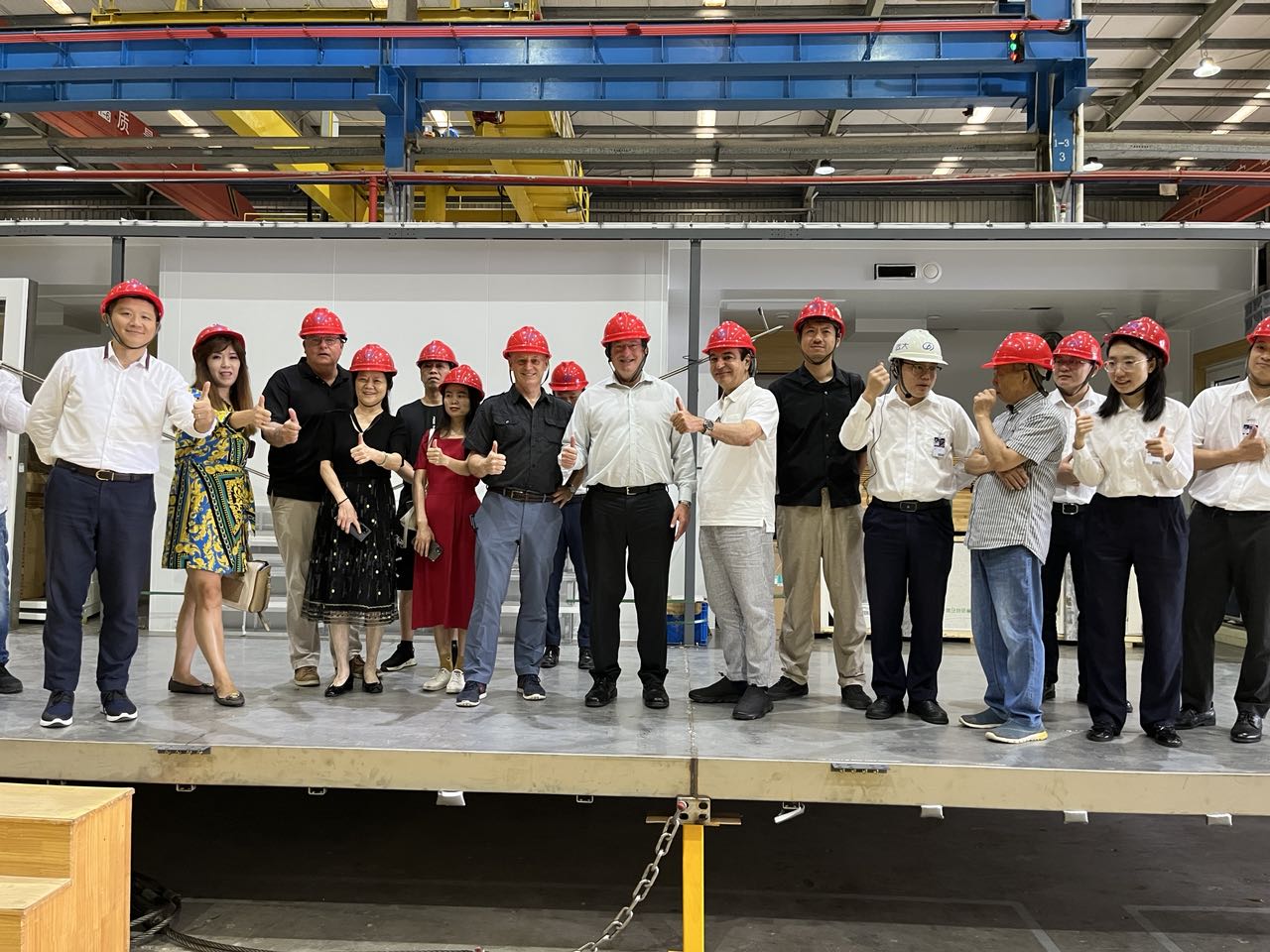Buildings account for most electricity consumed in the world today, with air conditioning systems within buildings accounting for over 30% of total consumption1. Compared to conventional electric air conditioning, natural gas thermal absorption technology, also called non-electric technology, is gaining favor by energy services providers, facilities managers, and building owners, because of its economic and environmental benefits. Utilization of natural gas-driven absorption technology helps lower electricity use in air conditioning improves occupant happiness and helps mitigate the impacts of buildings on local environments and climate change².
Cleaner Fuel
Rather than using conventional electric-powered air conditioning, an absorption chiller using cleaner natural gas as the thermal energy source has immediate positive environmental benefits. According to the United States EPA, natural gas produces 50% less carbon dioxide (CO2) than coal, and 32% less than oil3. What’s more, new natural gas-powered absorption technology integrates seamlessly with renewable energy resources—including solar and bioenergy—providing the potential to further curb greenhouse gas emissions. For a 540,000 square-foot building, replacing electric chillers with natural gas absorption chillers equals removing the same amount of CO2 emissions as 33,000 trees absorb annually.
Natural Refrigerant – H2O
Unlike conventional electric air conditioning systems that rely on harmful chemical refrigerants, natural gas-driven absorption technology utilizes nature’s most basic refrigerant—H2O. The use of chemical refrigerants such as chlorofluorocarbons (CFCs) in electric chillers has an immense greenhouse impact—about 1,800 times higher than non-chemical refrigerants! Natural gas driven absorption chillers use the environmentally friendly salt-like lithium bromide and water as the refrigerant, with zero Ozone-depleting effects4.
CCHP (Combined Cooling, Heating, and Power)
Two-thirds of the energy used to produce electricity at most power plants in the United States is wasted in the form of heat discharged to the atmosphere. By recovering this wasted heat, CCHP systems typically achieve total system efficiencies of 60% to 80% while producing both electricity and usable thermal energy3. Absorption technology captures and utilizes waste heat that would otherwise be wasted, generating cooling and heating and substantially reducing fuel consumption, greenhouse gas, and other pollutant emissions. The University of Maryland Upper Chesapeake Medical Center is one example demonstrating the technology, where absorption chillers offset approximately 34% of fuel consumption versus conventional electric absorption and steam production. The project is an Energy Star CHP Award Winner in 2016 for greatly reducing the emission of air pollutants, including an estimated 4,700 tons of CO2 annually, and saving the University an estimated $300,000 every 5 years5.
Waste Heat Recovery and Beyond
Natural gas absorption technology has significant economic and environmental benefits. By recovering and recycling waste heat from all kinds of industrial processes, and with heat pump applications that utilize the technology for space and district heating, energy management professionals meet demands from climate change. With the addition of absorption heat pumps at Biomass heating plant at Horsens, Denmark, the complete system utilizes the waste heat from the flue gas out of biomass hot water boiler to provide heating water, dramatically decreasing the flue gas temperature to the atmosphere and avoiding nearly 2,400 tons of CO2 emission per year.
Concluding Remarks
BROA D USA—the domestic arm of the largest absorption chiller manufactured in the world—believes in the technology, “For Humanity’s Future.” Natural gas absorption technology has demonstrated benefits in energy efficiency, economics, reliability, and environment, while addressing the challenges posed by climate change.
Reference
1 Buildings Energy Data Book. http://buildingsdatabook.eere.energy.gov/Default.aspx
2 Williamson, P. (2014). Sustainability in Action. [online] Available at: http://www.broadusa.net/en/wp-content/uploads/2015/03/About-BROADSustainability-
in-Action.pdf.
3 US EPA. (2018). CHP Benefits | US EPA. [online] Available at: https://www.epa.gov/chp/chp-benefits.
4 Efficient Energy. (2018). Water as a refrigerant –sustainable and clean. [online] Available at: https://efficient-energy.de/en/the-most-efficient-chiller/water-as-a-refrigerant/ [Accessed 13 Dec. 2018].
5 https://www.epa.gov/chp/energy-star-chpaward-winners






